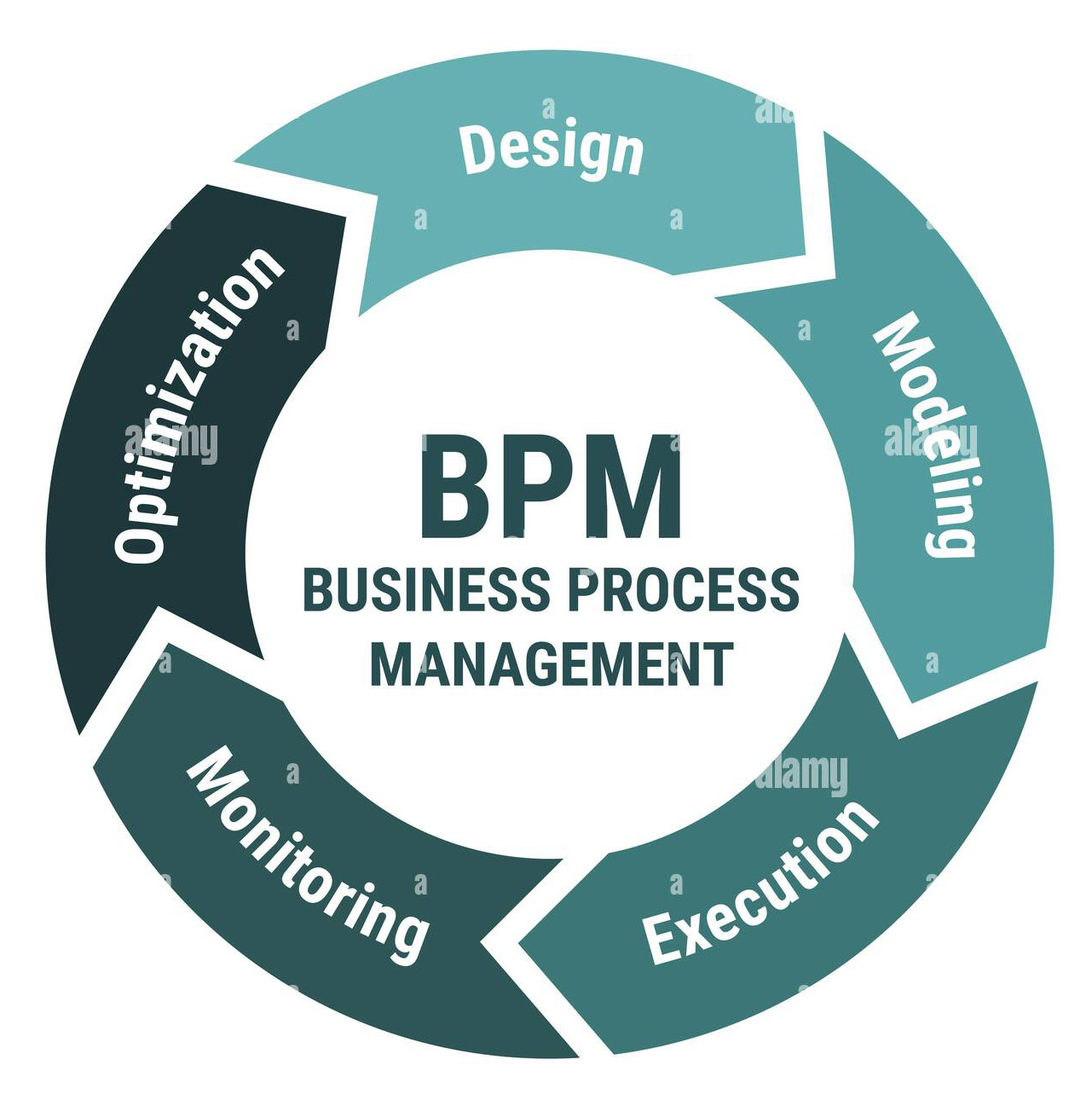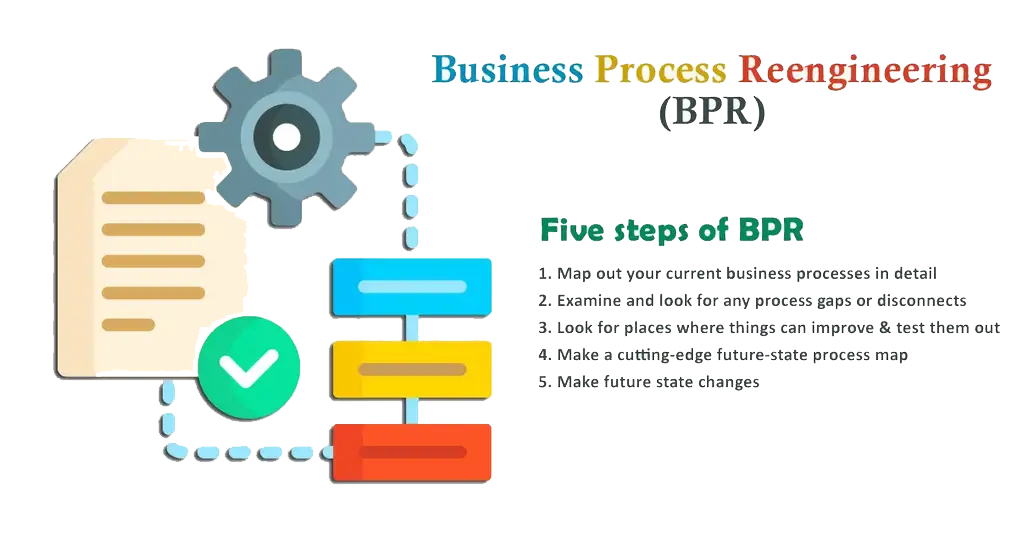Bussines Process Re Enginering
Business process modelling / Business process redesign
What is BPR?
The increasing transparency and accountability of all organizations, including public service and government, together with the modern complexity, penetration and importance of ITC (information and communications technology), for even very small organization’s nowadays, has tended to heighten demand for process improvement everywhere. This means that Business Process Modelling is arguably more widely relevant than say Time and Motion Study or Total Quality Management (to name two earlier ‘efficiency methodologies’) were in times gone by. Business Process Modelling is a method for improving organizational efficiency and quality. Put simply Business Process Modelling aims to improve business performance by optimizing the efficiency of connecting activities in the provision of a product or service. Business Process Modelling techniques are concerned with ‘mapping’ and ‘workflow’ to enable understanding, analysis and positive change. Diagrams – essentially ‘flow diagrams’ – are a central feature of the methodology.
Business Process Modelling is a quality management tool, like for example Six Sigma, and is useful especially in change management’s Analysis, Balanced Scorecard and Project Management methods provide further examples of change management tools, and Business Process Modelling can be regarded as working alongside these methods. A Business Process Model (BPM) is commonly a diagram representing a sequence of activities. It typically shows events, actions and links or connection points, in the sequence from end to end.
While Business Process Modelling relates to many aspects of management (business, organization, profit, change, projects, etc.) its detailed technical nature and process-emphasis link it closely with quality management and the analytical approaches and responsibilities arising in the improvement of quality.
Sequence is significant and essential to most aspects of business process modelling, but there are exceptions to this especially at the higher level of organizational operations (see the note about sequence).
Typically, but not necessarily, a Business Process Model includes both IT processes and people processes. Business Process Modelling by implication focuses on processes, actions and activities, etc. Resources feature within BPM in terms of how they are processed. People (teams, departments, etc.) feature in BPM in terms of what they do, to what, and usually when and for what reasons, especially when different possibilities or options exist, as in a flow diagram. Business Process Modelling is cross-functional, usually combining the work and documentation of more than one department in the organization.
The aim of modelling is to illustrate a complete process, enabling managers, consultants and staff to improve the flow and streamline the process.
The outcomes of a business process modelling project are essentially:
- value for the customer, and reduced costs for the company
- leading to increased profits
- Other secondary consequences arising from successful Business Process Modelling can be increased competitive advantage, market growth, and better staff morale and retention.

Lets looks at a real world implementation, because we all like examples !



